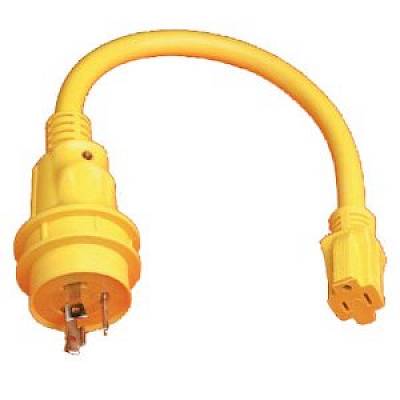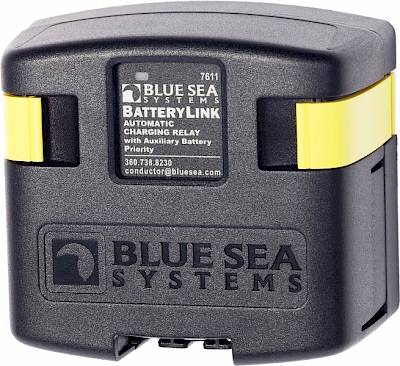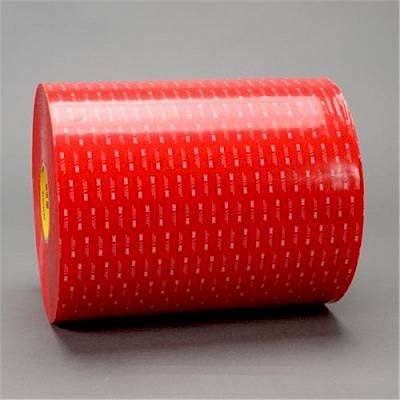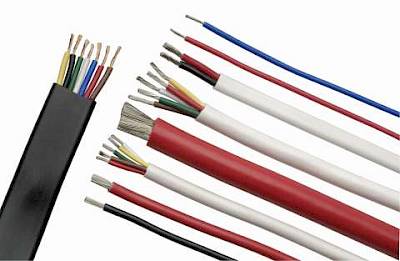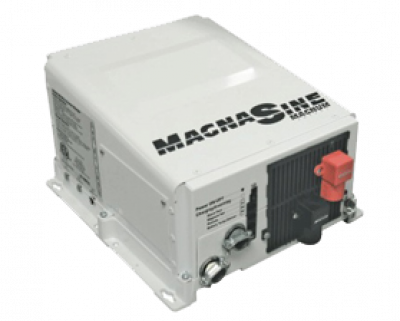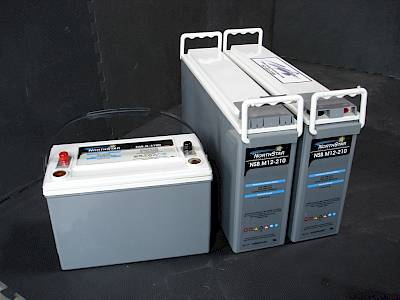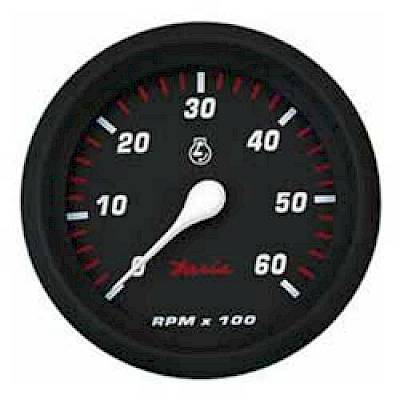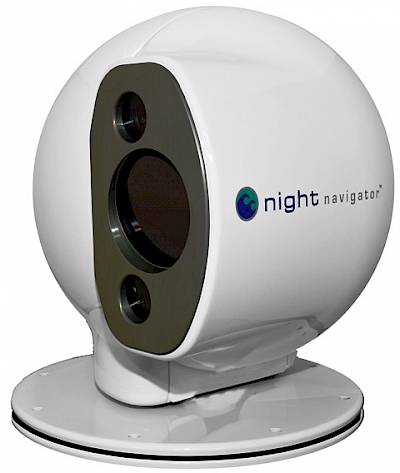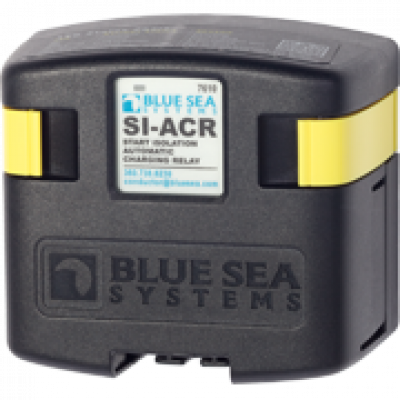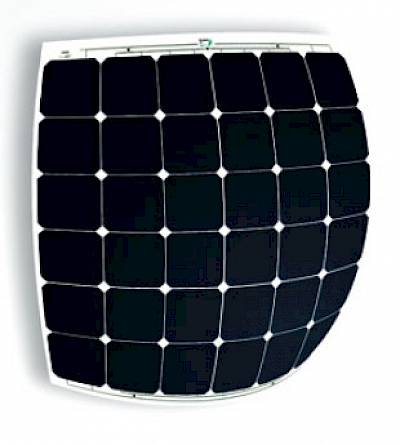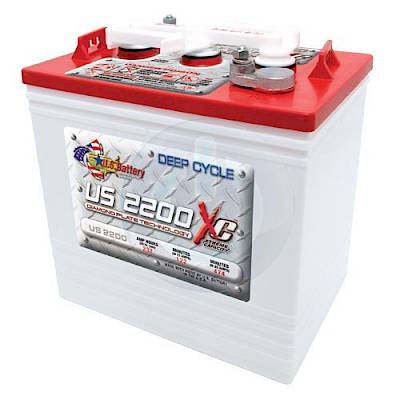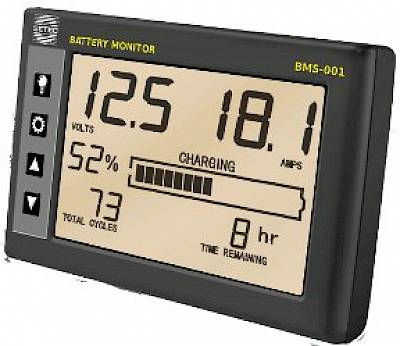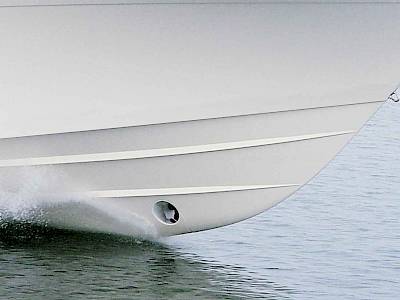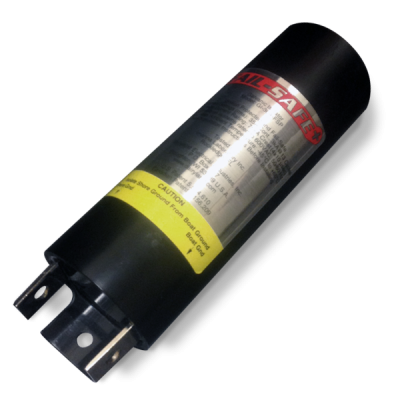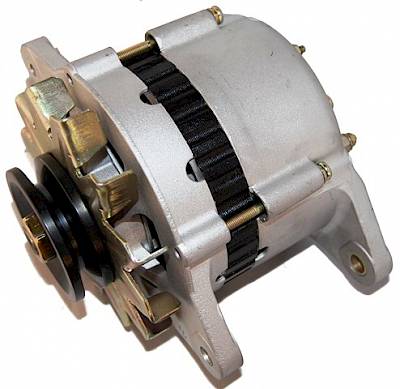
Winter Tech Talk FAQs
Q: Generally speaking, are inverters repairable or are they just replaceable? Is there a way for a technician to perform a test? To sit around waiting for the sound to emit could be very expensive. I understand Trace is no longer a brand. So if you were to replace, what product would you suggest and could it be something compatible with the existing cables and wiring? What is the approximate cost difference between a modified sine wave and pure sine wave?
Answer: Yes inverters are repairable. The only catch in your situation is that parts for Trace are most likely unavailable. In terms of testing, we could do a few simple tests, albeit we might not be able to identify the source of a problem related to a sporadic sound. Trace was bought out by Xantrex years ago and to our knowledge they don’t repair these units any more.
Going forward, you should only install a true sine wave inverter in a boat. The implications associated with modified sine wave inverters, such as motors and certain AC appliances not working properly, are simply not worth it. We recommend Magnum inverters because they are highly reliable and provide good value. Assuming that the current inverter install is to code (right cable sizes and connectors, proper fuse, proper on/switch, etc.), installing a new inverter should take less than a day.
Q: Could you tell us what is going on here with the corrosion?

A: With corrosion, nothing is simple; as such here is one possibility: Warm/hot water is leaking from the connection and evaporating; it looks like there’s some copper by-products so something is corroding; is it raw water after the heat exchanger on its way to the exhaust elbow? The water flow may be restricted, so check temperature and pressure as well as for corrosion of parts along the way (are zincs maintained in the heat exchanger?). Electricity could be involved, so I would check the engine block with a zinc probe in the water and a meter for low or no difference in millivolt when running/not, and also make sure the alternator is putting out some amps. Check that the battery’s negative connection to the block is good and that a high power alternator has a battery negative cable installed (also check for a standard alternator that is heavily used).
Q: What is the difference between battery monitors and amp meters? How many do I need for my boat?
A: Battery monitors and amp meters are quite different. Amps are a value like speed (i.e. km/hr) but don’t provide you the distance travelled. As with a car, your speed varies as you drive through a city. Amps only tell you the speed you are going at that moment. The battery monitor tells you the amount of battery capacity you have left. There is no substitute for a battery monitor.
Q: I have three separate runs of 10 gauge (three wires) attached to my 30-amp shorepower plug receptacle on the boat. I want to install a smart plug but there is not enough room for all those wires in the new smart plug. What would be the correct way to join these? Should I use some kind of junction box and have a single set of wires connected to the SmartPlug?
A: Your idea of a junction box is correct; make sure it is sealed and only accessible with tools to prevent it from opening easily. Terminate the wires onto a terminal strip and then bring a pigtail to the smartplug.
Q: I noted in the October Pacific Yachting that your Tech Talk section has a question which may answer a minor issue I have always had with my battery monitor. The current readings whether charge or discharge, have always had a bit of fluctuation. The cable from the shunt to the monitor, approximately 50-feet long, is a twisted pair but is not shielded. I’ve often wondered if using a shielded cable would rectify this. Also the cable routes through some very heavily cabled areas of the boat.
A: Twisted and shielded pair cable makes a significant difference; you’ll recall that a shunt measures slight variation in voltages, to 50 millivolts to be exact. With such low numbers it is possible for a long cable run to have voltages induced by running along a non-shielded or twisted cable.
The best way to troubleshoot is to route a new cable temporarily on the cabin floor and see how the ratings fluctuate. If the readings improve significantly we can run a new appropriate cable instead.
About the author: Jeff Cote is the owner of Pacific Yacht Systems, a full service shop delivering marine electrical and navigation solutions for recreational boats. Visit their website and blog for info and articles on marine electrical systems, projects and more: www.pysystems.ca.
Related Content





